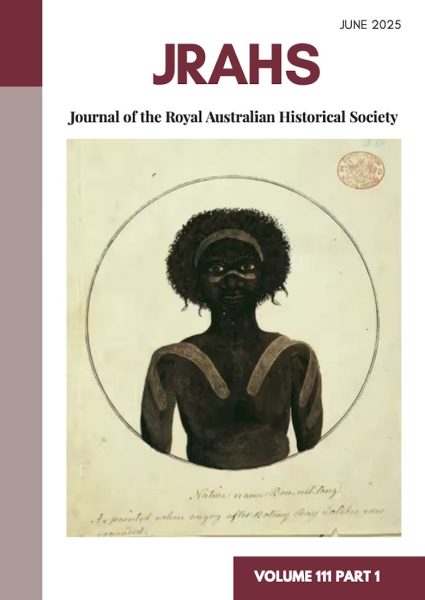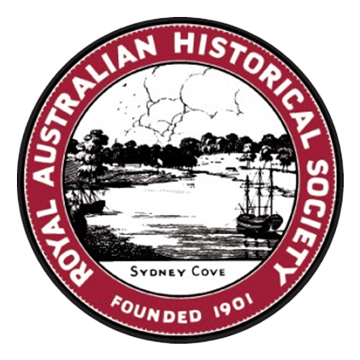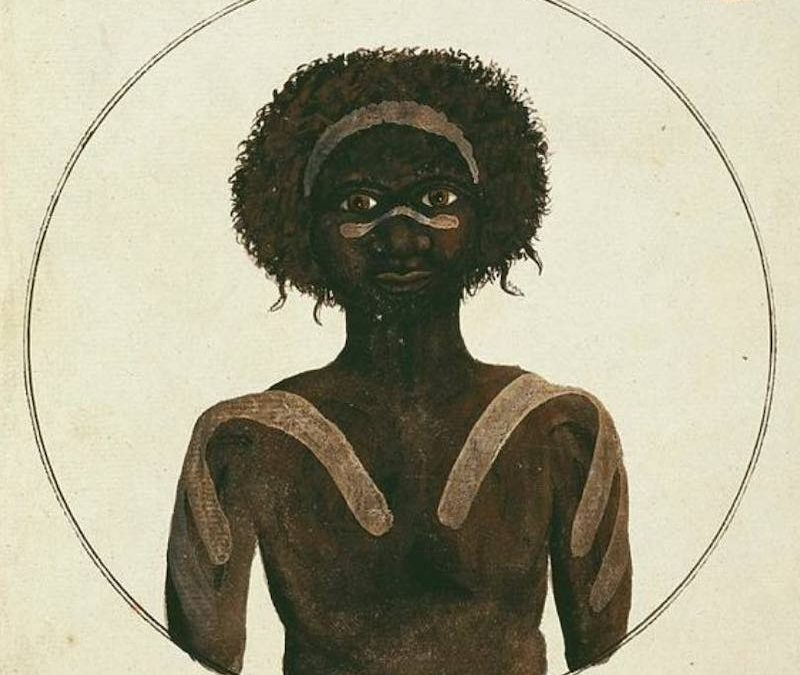Challenging Narratives: Introducing the June 2025 Volume of the JRAHS

The June 2025 issue of the Journal of the Royal Australian Historical Society (Vol. 111, Part I) explores new perspectives on colonial authority, identity, and Australia’s contested past. As Editor Dr Samuel White outlines in his foreword, this issue reflects the Journal’s original intent: to challenge dominant narratives and recover overlooked voices from across Australia’s history.
Dr Keith Amos revisits the 1790 spearing of Governor Arthur Phillip at Manly, interrogating the now-popular view that it was a ritualised ‘payback’. Drawing from firsthand accounts and contextual evidence, Amos offers a more immediate and reactive explanation — one rooted in personal fear, miscommunication, and the tense dynamics of early colonial encounters. His reassessment casts new light on Indigenous agency and the complexity of cross-cultural exchange in early Sydney.
Dr Geoffrey Gray examines the career of anthropologist Frederick G. G. Rose, whose unorthodox views and research methods challenged the institutional boundaries of the Australian Institute of Aboriginal Studies. Gray’s article explores how Rose’s intellectual independence brought him into conflict with government-backed visions of knowledge and cultural representation, offering a case study in the politics of academic freedom and the enduring tension between research integrity and institutional control.
Dr Mark St Leon turns to the life of John [Milner] Clark, a fugitive from justice and an army deserter who remade himself as a respected settler in Wagga Wagga. Beneath Clark’s civic reputation lay a hidden fugitive past. Through meticulous archival reconstruction, St Leon traces a story of reinvention and concealment, revealing the fluidity of identity in colonial Australia and the ways in which reputation, exile, and personal history intersected in the frontier world of the nineteenth century.
Chris Maxworthy uncovers a little-known moment in Australia’s strategic history: a Spanish plan to attack Sydney in 1796, devised by Brigadier José Bustamante and revealed through newly translated documents. Maxworthy’s research highlights the global context of early New South Wales, showing how Britain’s fledgling colony was deeply enmeshed in European rivalries. Far from being an isolated outpost, Sydney was a node in an imperial chessboard — vulnerable, contested, and far more internationally visible than often assumed.
This volume also features reviews of new works on convict orphans, forgotten war heroes, Irish lawyers, and the origins of Australian scientific institutions. Each piece speaks to the evolving shape of Australian historical scholarship.
Members can download the Journal and other publications from the members’ area. For instructions on how to use the members’ area, watch our short instructional video. Contact us if you need assistance.


0 Comments